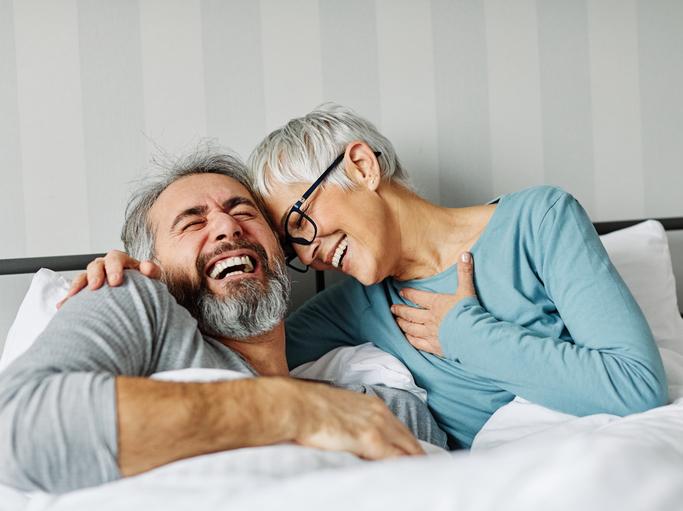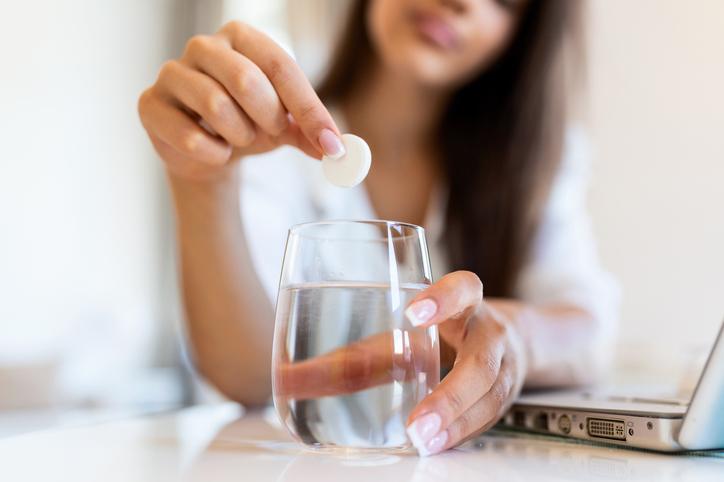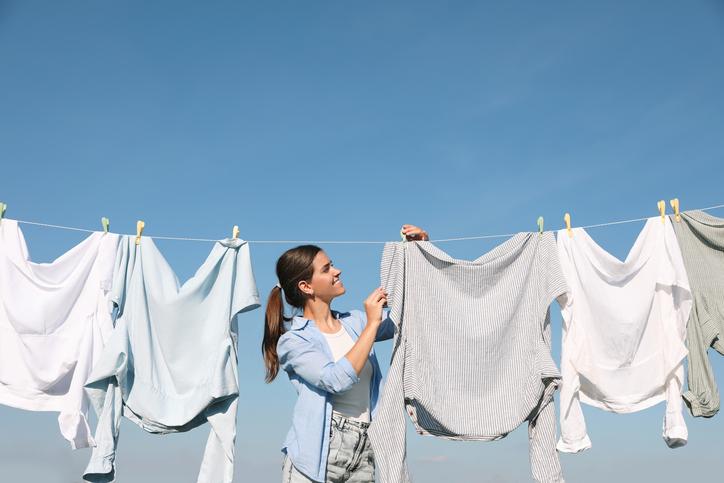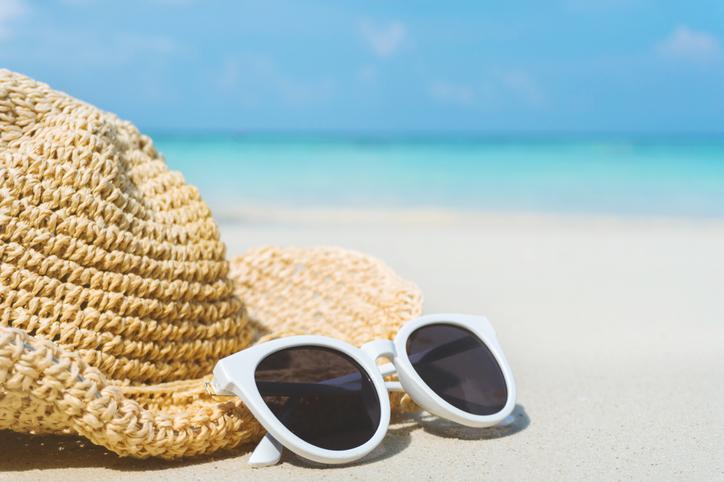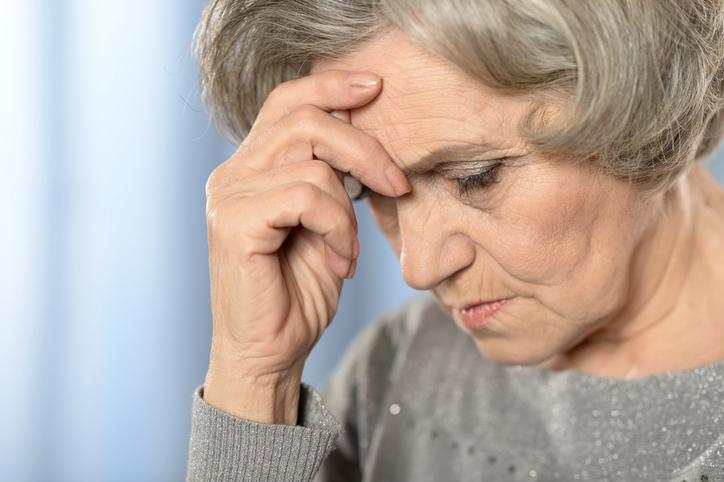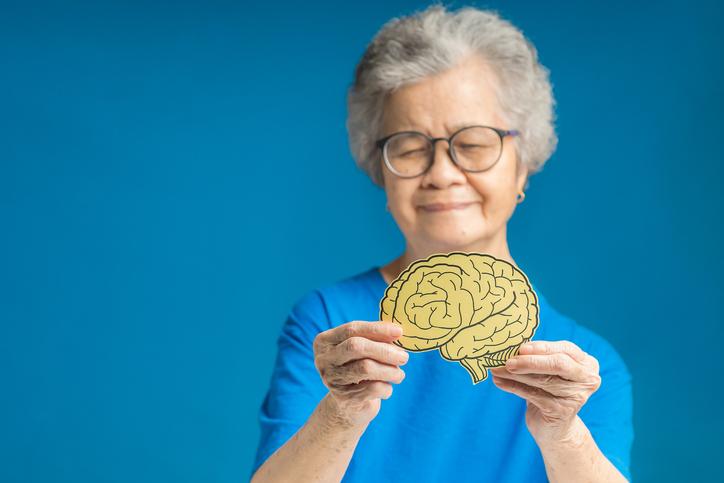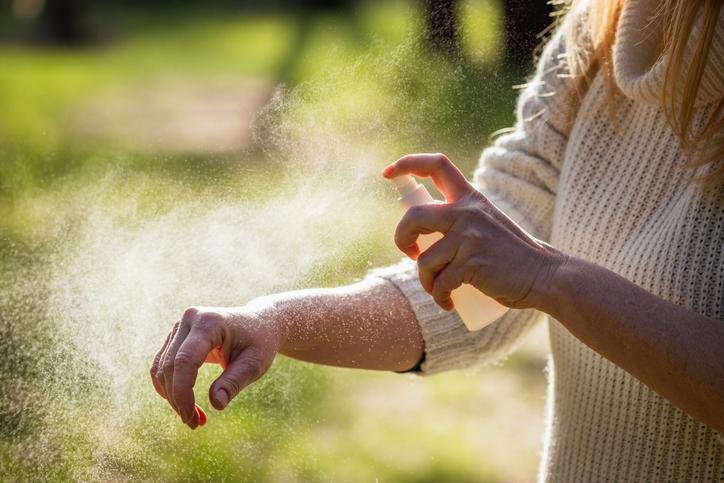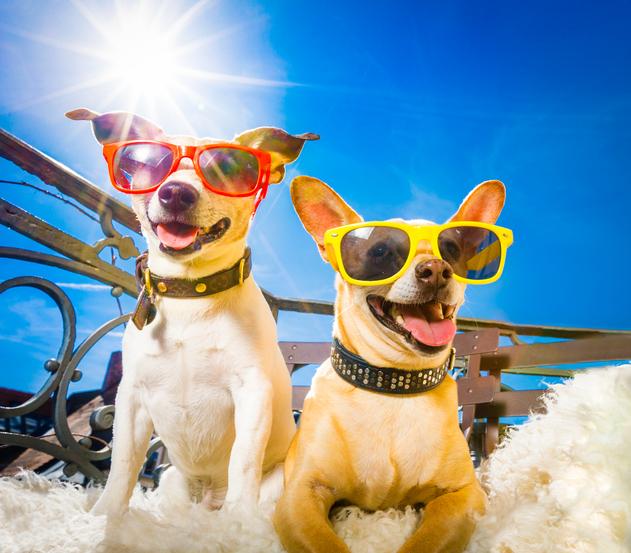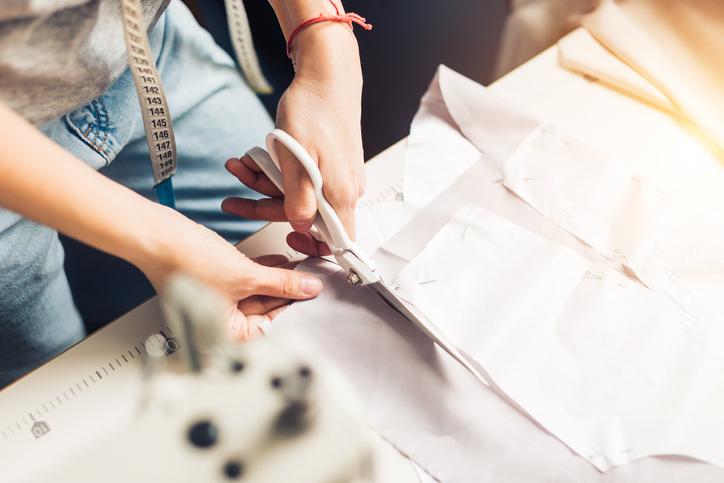17 июля 2021
How To Handle Varicose Veins


17 июля 2021
How To Handle Varicose Veins
## Understanding the stages
There are six stages in the development of varicose veins. In the first stage, spider veins and reticular veins appear. This is the so-called initial, cosmetic varicose veins. The second stage is characterized by subcutaneous "snakes." The third stage is persistent edema of the legs. The fourth stage is manifested by thickening of the skin and subcutaneous tissue, eczema, and causes a feeling of "heavy legs." During the fifth and sixth stages, trophic ulcers appear.
Exercise is relatively safe only at the first stage of varicose veins, but it can aggravate the situation. In the second stage and beyond, only limited forms of exercise are advisable. ===Overexercise can provoke an increase in the symptoms of varicose veins and transfer the disease to a new stage. In addition, trauma to the varicose vein can lead to bleeding or thrombosis. And damage to the altered skin areas can result in ulcers.
## What is advisable?
Swimming and water aerobics are the safest exercise options for varicose veins from stages 1 to 4. Cycling, rollerblading, skating, and skiing can be done in stage 1. It is believed that walking 1–2 miles per day can help prevent the development of the disease.
Extreme training should be avoided. With varicose veins, it is extremely harmful to lift weights of more than 5 kg. Avoid any workout classes that involve weightlifting. The higher the stage of varicose veins, the more dangerous for the body to "work" with weights.
Additionally, glute exercises can not only create problems with veins but also increase intra-abdominal pressure. This can provoke the appearance of hemorrhoids and prolapse of the pelvic organs, overloading the spine and knee joints.
## Considerations
Varicose veins often appear for those with flat feet. To avoid both problems consult with both a phlebologist and orthopedist. A phlebologist will check the condition of the veins and give recommendations on what exercises you can do. The second orthopedist will recommend individual cushioning insoles for you, which will provide competent footwork when running and walking as well as correctly distribute the load on the muscles of the legs where the deep veins just pass.
## Other considerations
Regardless of the presence of varicose veins, it is advised to use compression hosiery and orthopedic insoles. The structure of varicose veins during training, it is useful to wear compression socks to help veins not to dilate. After exercising, put on regular socks.
Orthopedic insoles for sports are very helpful for many health problems, including varicose veins. If you use these insoles along with compression socks or gaiters, you can prevent the appearance of varicose veins or recover more quickly after vein surgery.


